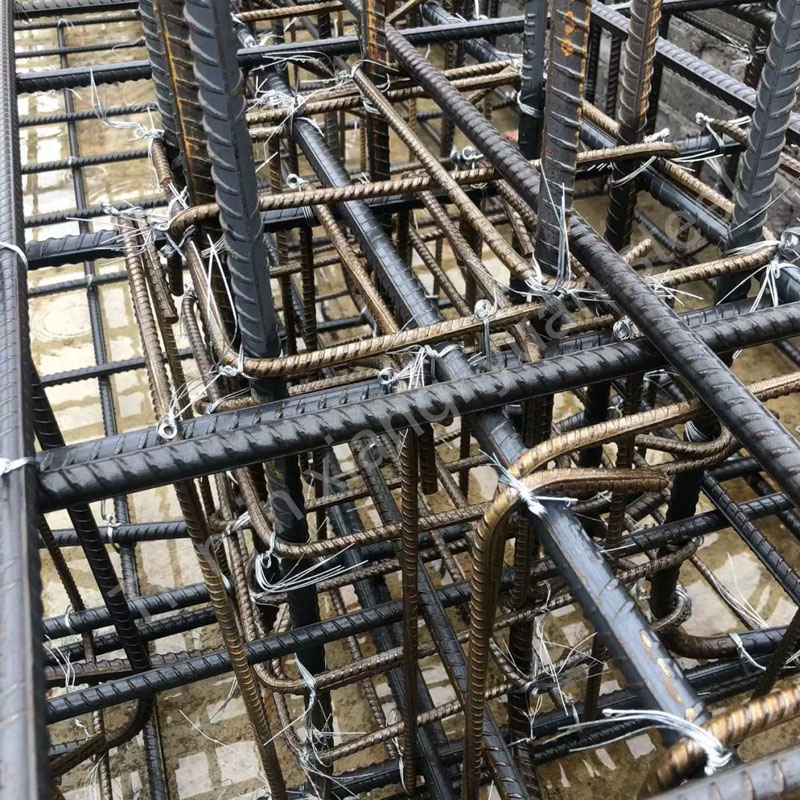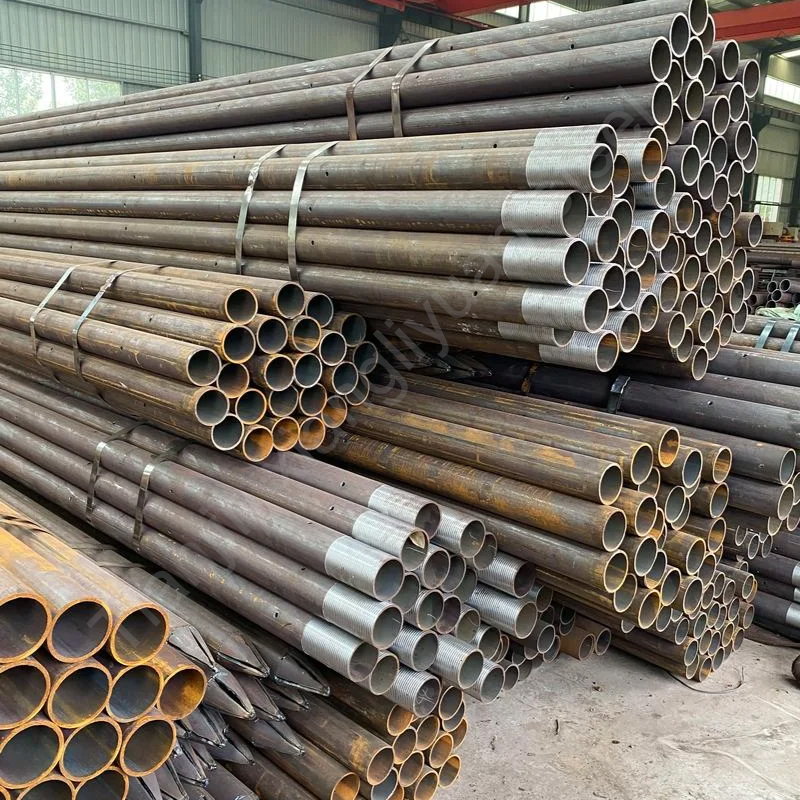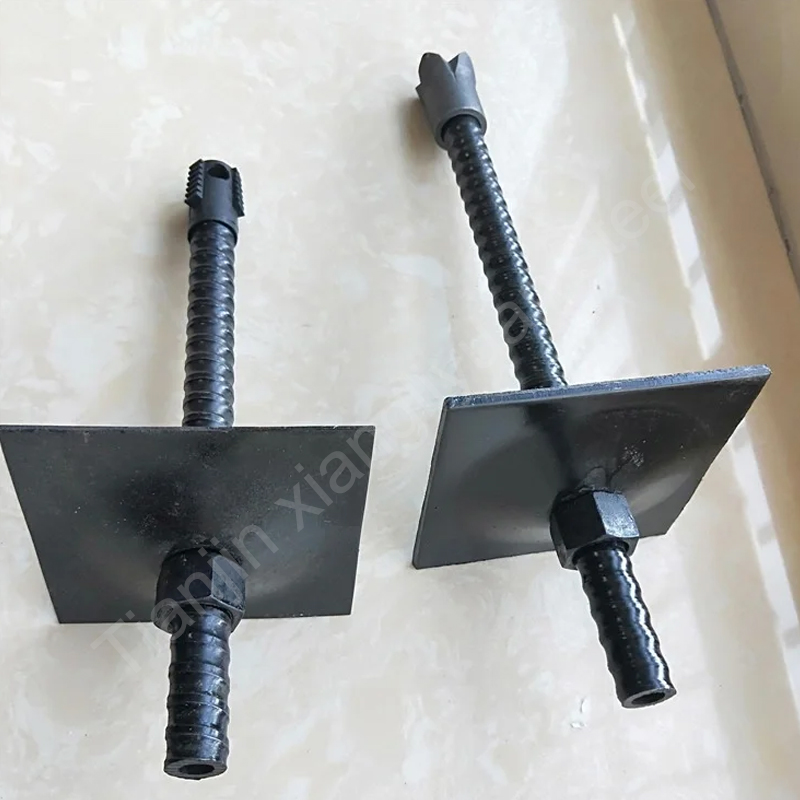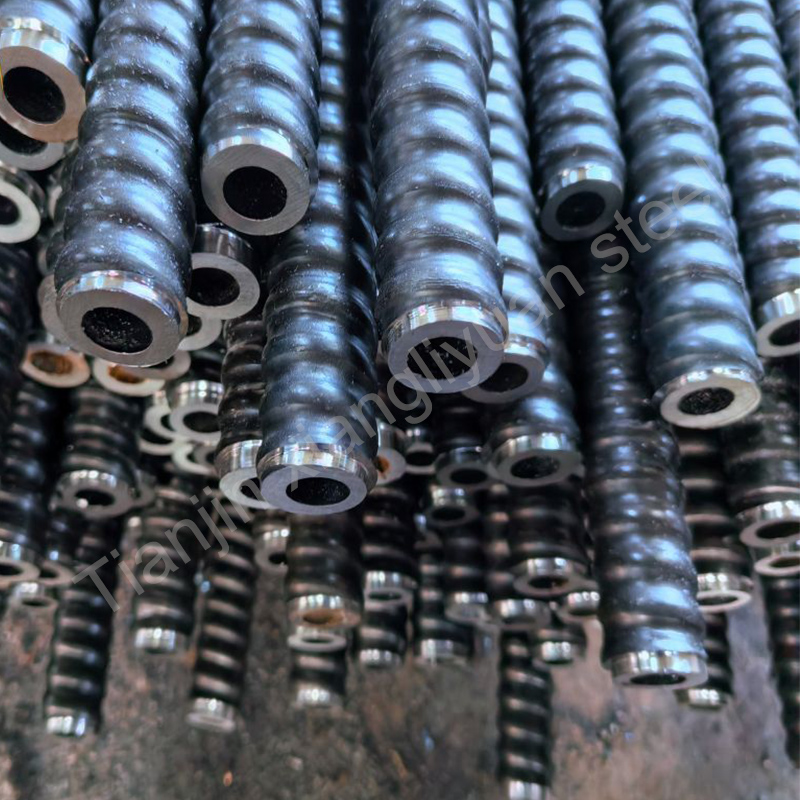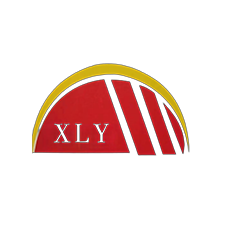Introduction to Steel Rebar
Steel rebar (reinforcing bar) is a ribbed steel bar used to reinforce concrete and masonry structures, enhancing tensile strength and preventing cracks under load. As a critical component in construction, rebar ensures the durability and safety of infrastructure such as bridges, skyscrapers, highways, and dams. Available in various grades, sizes, and surface treatments, steel rebar is designed to meet the demands of diverse engineering environments, from residential buildings to marine structures.
This article explores the material compositions, classifications, international standards, dimensional specifications, and applications of steel rebar. Whether you’re a contractor, engineer, or procurement specialist, this guide will help you select the right rebar for your project’s structural requirements.
Key Materials and Steel Grades
Rebar is manufactured from carbon steel, alloy steel, or stainless steel, with grades tailored for strength, ductility, and corrosion resistance.
1. Carbon Steel Rebar
ASTM A615 (USA): Grades 40, 60, 75 (e.g., Grade 60 has 60 ksi yield strength).
EN 10080 (Europe): B500A, B500B, B500C (500 MPa yield strength).
GB/T 1499 (China): HRB335, HRB400, HRB500 (hot-rolled ribbed bars).
JIS G3112 (Japan): SD295, SD390, SD490 (deformed bars for concrete).
2. Stainless Steel Rebar
ASTM A955 (USA): Grades 304, 316, 2205 for corrosive environments (e.g., coastal areas).
EN 10088-3 (Europe): 1.4301 (304), 1.4401 (316).
3. Epoxy-Coated Rebar
ASTM A775/A934: Fusion-bonded epoxy coating to resist chloride-induced corrosion in marine or de-icing environments.
4. Galvanized Rebar
ASTM A767: Zinc-coated for moderate corrosion protection in bridges and parking structures.
Classification of Steel Rebar
Rebar is categorized based on production process, surface profile, and application-specific properties:
1. By Manufacturing Process
Hot-rolled Rebar: Most common type, produced by heating steel billets and rolling them into ribbed bars.
Cold-rolled Rebar: Processed at room temperature for higher precision and surface finish.
2. By Surface Profile
Ribbed (Deformed) Rebar: Transverse ribs for superior bonding with concrete (e.g., ASTM A615).
Plain Rebar: Smooth surface, used for low-stress applications (e.g., decorative concrete).
3. By Specialty Use
Welded Wire Fabric (WWF): Grids of welded rebar for slabs and pavements.
Threaded Rebar: Ends threaded for couplers in precast concrete.
High-Strength Rebar: Grades like ASTM A706 (weldable, ductile for seismic zones).
| Standard | Region | Key Specifications |
|---|---|---|
| ASTM A615/A706 | USA | Carbon steel and low-alloy rebar for concrete. |
| EN 10080 | Europe | B500-series rebar with weldability requirements. |
| GB/T 1499 | China | HRB335, HRB400, HRB500 hot-rolled ribbed bars. |
| JIS G3112 | Japan | SD295, SD390, SD490 deformed bars. |
| IS 1786 | India | HYSD (High Yield Strength Deformed) bars. |
Standard Dimensions and Specifications
Rebar is available in standardized diameters and lengths to suit construction needs:
Common Diameters (ASTM A615)
| Bar Number | Diameter (mm) | Cross-Sectional Area (mm²) | Weight (kg/m) |
|---|---|---|---|
| #3 | 9.5 | 71 | 0.56 |
| #5 | 15.9 | 200 | 1.58 |
| #8 | 25.4 | 509 | 4.00 |
| #11 | 35.8 | 1,006 | 7.91 |
Metric Sizes (EN 10080)
| Diameter (mm) | Weight (kg/m) | Common Lengths |
|---|---|---|
| 6 | 0.22 | 6m, 12m |
| 12 | 0.89 | 12m, 18m |
| 20 | 2.47 | 12m, 18m |
| 32 | 6.31 | 12m, 18m |
Applications of Steel Rebar
Rebar is essential in reinforcing concrete structures across industries:
Building Construction:
Foundations, columns, beams, and slabs in residential/commercial buildings.
Seismic reinforcement in earthquake-prone regions (e.g., ASTM A706).
Infrastructure:
Bridges, highways, tunnels, and airport runways.
Retaining walls and sound barriers.
Marine and Water Projects:
Ports, dams, and seawalls (epoxy-coated or stainless rebar).
Water treatment plants and sewage systems.
Industrial Facilities:
Power plants, factories, and storage tanks.
Precast Concrete:
Modular construction elements (e.g., stairs, panels).
Why Choose High-Quality Steel Rebar?
Structural Integrity: Enhances concrete’s tensile strength and load-bearing capacity.
Corrosion Resistance: Epoxy/galvanized coatings extend lifespan in harsh environments.
Compliance: Meets ASTM, EN, or GB standards for safety certifications.
Sustainability: Recyclable and compatible with green building certifications (LEED, BREEAM).
How to Select the Right Rebar
Project Requirements:
Use ASTM A615 Grade 60 for general construction.
Choose ASTM A706 for seismic zones requiring ductility.
Opt for stainless steel (ASTM A955) in coastal or chemical-exposed areas.
Diameter and Spacing:
Larger diameters (#8–#11) for heavy-load structures.
Follow engineering specifications for spacing to prevent concrete cracking.
Budget:
Carbon steel rebar is cost-effective for standard projects.
Specialty rebar (epoxy/stainless) suits high-risk environments despite higher costs.
Steel rebar is the backbone of modern construction, ensuring the longevity and safety of concrete structures worldwide. By selecting the appropriate grade (e.g., ASTM A615, EN B500B), adhering to international standards, and understanding dimensional requirements, engineers can optimize performance in projects ranging from skyscrapers to marine infrastructure.
For businesses seeking reliable rebar, working with a certified supplier ensures compliance with global specifications and a tailor-made solution. Explore Tianjin Xiangliyuan Steel‘s range of carbon steel, epoxy-coated and stainless steel rebars designed for durability and precision.

